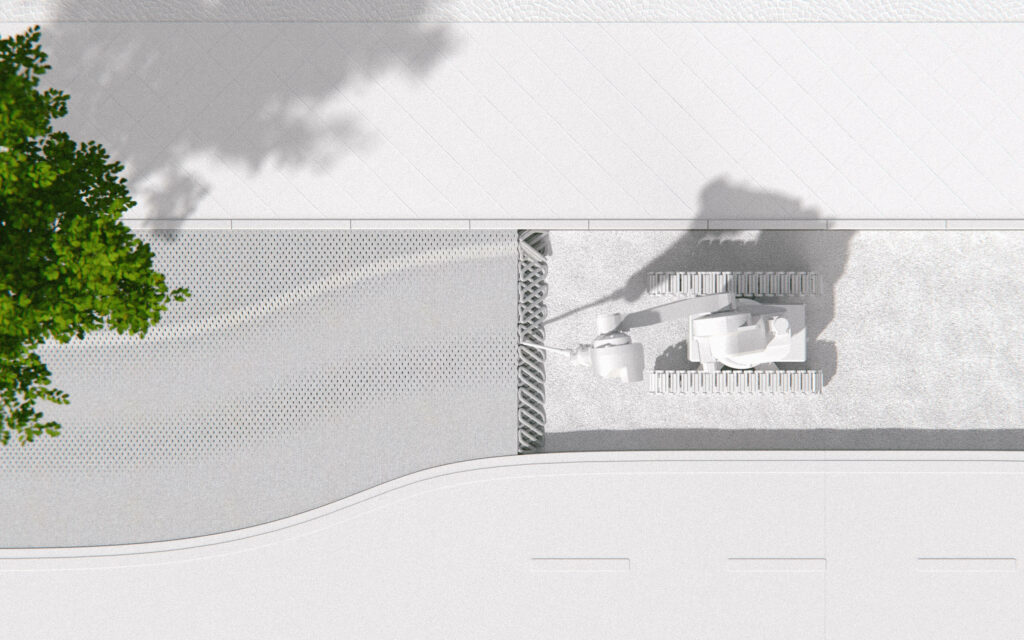
PERFORATING THE CITY | Masterarbeit 2024
Perforating the City
Permeable cycle paths for climate-resilient cities
Urban transportation is shifting from fossil fuels to more sustainable forms of mobility. In the climate-resilient and safe city, the mobility infrastructure is changing by redistributing space and redesigning cycling networks. With regard to future adaptation measures to the climate crisis, the green mobility transition must take a planetary perspective and avoid the sealing of further areas.
Perforating the City therefore calls for water-sensitive design of urban cycle paths. In response to increasing weather extremes, the systematic approach designs permeable traffic areas that infiltrate, distribute, store and evaporate rainwater. The surface structure is interpreted as an architected material consisting of a flat surface structure with parametric perforations and a porous volume structure with adaptive water distribution. Autonomous 3D printing robots are used to continuously print the cycle path from mineral materials on site. The project responds to the increasing complexity of the ecosystems around us and understands urban space design as an integrative process in which additive manufacturing enables a symbiotic integration of urban flora, underground drainage, roadway boundaries, public furniture and the visual appearance as a whole.
Perforating the City
Permeable Radwege für klimaresiliente Städte
Der urbane Verkehr verlagert sich von fossilen Verkehrsmitteln hin zu nachhaltigeren Formen der Mobilität. In der klimaresilienten und sicheren Stadt verändert sich die Mobilitätsinfrastruktur, indem Flächen neu verteilt und Radverkehrsnetze neu gestaltet werden. Im Hinblick auf zukünftig notwenige Anpassungsmaßnahmen an die Klimakrise muss die grüne Mobilitätswende eine planetare Perspektive einnehmen und die Versiegelung von weiteren Flächen vermeiden.
Perforating the City fordert daher eine wassersensible Gestaltung städtischer Radwege. Als Reaktion auf zunehmende Wetterextreme entwirft der systematische Ansatz permeable Verkehrsflächen, die Regenwasser versickern, verteilen, speichern und verdunsten. Die Flächenstruktur wird dafür als architected Material interpretiert, das aus einer ebenen Oberflächenstruktur mit parametrischen Perforationen und einer porösen Volumenstruktur mit adaptiver Wasserdistribution besteht. Mit autonomen 3D-Druck-Robotern wird der Radweg aus mineralischen Werkstoffen fortlaufend vor Ort gedruckt. Das Projekt reagiert auf die zunehmende Komplexität der uns umgebenden Ökosysteme und begreift die urbane Flächengestaltung als integrativen Prozess, in dem die additive Fertigung eine symbiotische Integration der städtischer Flora, unterirdischen Entwässerung, Fahrbahnbegrenzungen, öffentlichen Möbel sowie des visuellen Erscheinungsbildes als Ganzes ermöglicht.
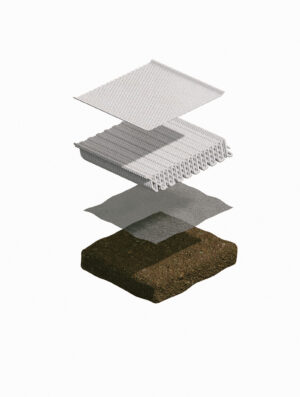
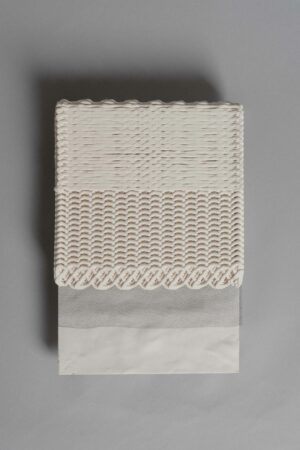
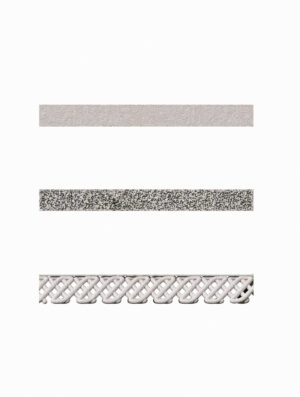

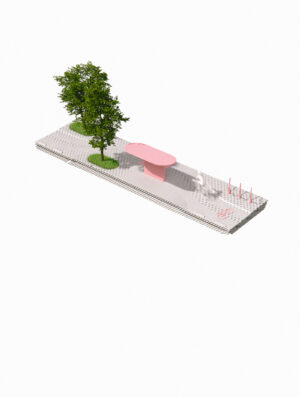
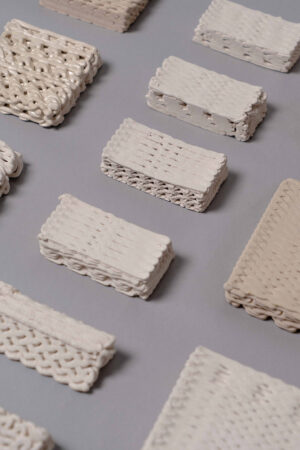
Prozess
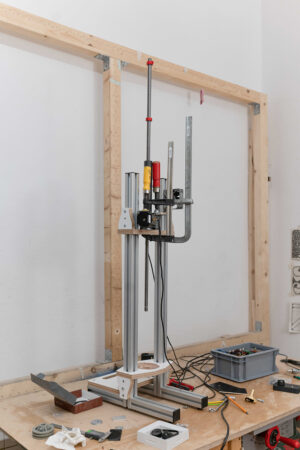


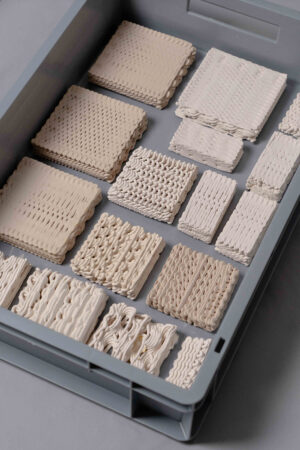


Betreut durch: Prof. Ineke Hans, Prof. Holger Neumann, KM Maciej Chmara
